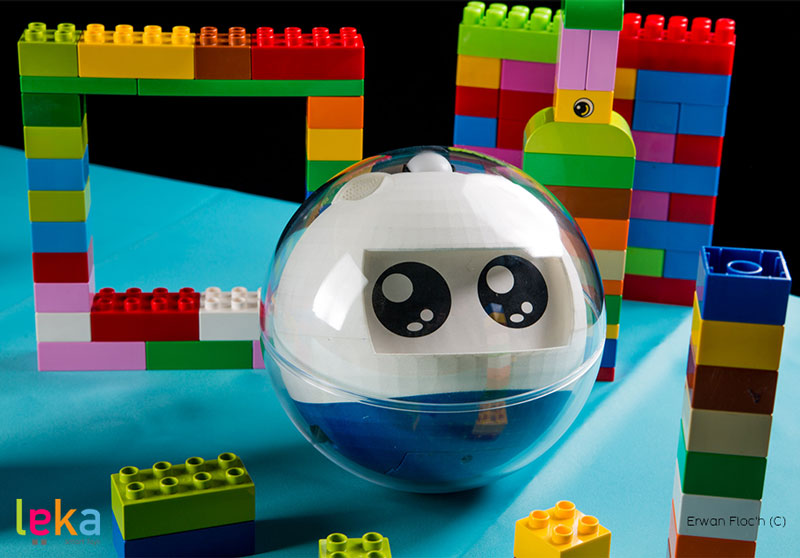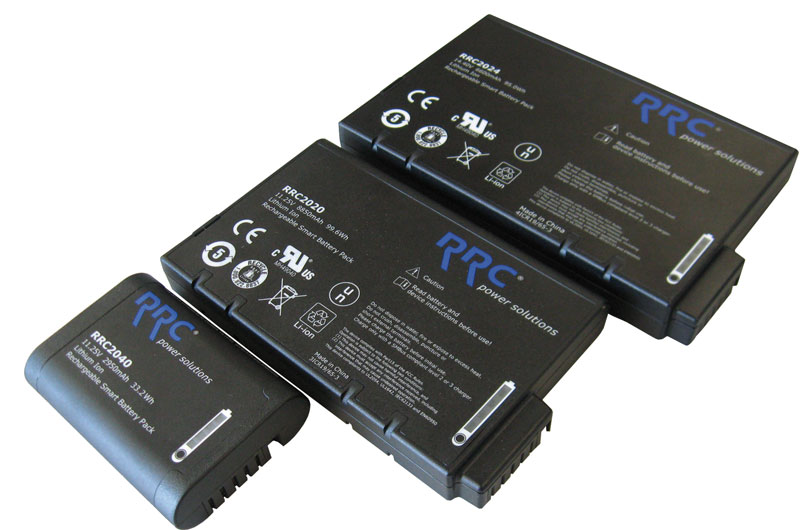Selecting the right Li-ion battery for a consumer robot design
Fuelled by the growing popularity of hybrid and full electric vehicles, plus an ever-buoyant consumer electronics industry, Li-ion has become the battery technology of choice for electronic devices on the move. With high storage capacities, high efficiency and longer lifecycles than many of their rechargeable counterparts, the Li-ion market is booming and the choice for electronic designers has multiplied.
Guest piece written by Tim Parker, Product Marketing Manager, Batteries EMEA, Avnet Abacus.
One of the fast-emerging sectors to take advantage of growing Li-ion battery choice is consumer robot design. Small, portable robots aimed at the learning and education sectors, or helper/companion robots for use in the home, have become viable thanks to a range of technological advances that allow very intelligent systems to be made in compact, lightweight form factors at relatively low cost. However, the choice of battery technology, density and form factor is key, as one of the major specifications on which consumers’ judge electronic devices is battery life.
Take the example of Blue Frog’s Buddy robot, which interacts with all members of the family. Buddy educates and entertains the children with spelling and counting games or storytelling, acts as a personal assistant by managing the family’s schedules, suggesting recipes, operating as an alarm clock and providing basic home security. For elderly people he’s a handy companion, facilitating Skype calls and reminding the user about events, appointments, and medications, while monitoring for falls or unusual levels of inactivity that could be cause for alarm. At 56cm tall and weighing 5kg, Buddy is fully mobile and boasts a plethora of sensors that allow him to travel, learn and interact with the world around him, such as 3D vision which allows him to easily track and interpret hand, arm and head movements. Buddy can operate for up to 10 hours with typical usage – arguably an average work day for an effective personal assistant.
Blue Frog’s Buddy robot can follow you around while screening your Skype calls, check your child’s spelling homework with them, and monitor your house while you’re out to warn you about potential fires or break-ins.
Another example is Leka, an interactive multi-sensory smart toy designed for children with special educational needs. Its form factor is a circular ball that the child can pick up, with a screen that initiates educational games. It is equipped with sensors to detect the child’s interactions, and it can respond either on the screen or by lighting up in different colours (for example, if the robot is thrown to the ground, it glows red to indicate sadness). Leka’s functionality is customisable to meet the individual needs of their child owners, and the robot can also keep a record of the child’s progress.

Leka is an educational toy that is designed for children with special educational needs. It educates through simple games and interactions and can be customised for a child’s individual needs
Battery selection dictates how long robots like Buddy and Leka can go between charging, as well as the robot’s weight and form factor. Another important consideration is safety as the Li-ion batteries used in consumer devices typically require careful charging to ensure electrical and mechanical safety. In this application, the battery needs to be completely robust as the end product is a moving object that is handled (and mishandled) by children, so damage that could result in leakage is unacceptable.
Avnet Abacus carries a wide range of battery packs suitable for compact robot designs. Standard Li-ion battery packs from manufacturers like Varta, GP Batteries and Panasonic (click here to see the full catalogue) are available with short lead times and low MOQs.
One option that has proved particularly popular for small robots is RRC’s smart battery range, which includes the RRC2020 battery pack (11.25V/8850mAh/99.6Wh), along with the RRC2024 and RRC2040. These battery packs offer high energy density – they are optimised below the 100W limit imposed by the Dangerous Goods Ordinance – combined with fast charging and long lifetime. Features include impedance tracking which means manual recalibration isn’t necessary as the batteries age, along with cell balancing functionality, which ensures the maximum possible lifetime. Comprehensive charging/discharging safety systems, such as temperature dependent load profiles, are also present alongside passive safety electronics. These batteries are particularly effective when used alongside RRC’s chargers.

RRC’s smart Li-ion battery range is suitable for small robots
All standard battery packs from Avnet Abacus meet the approvals required for international shipping of Li-ion products, including UN38.3, IEC62133 and UL2054. While custom battery pack designs are possible, the time and cost involved in the testing for the applicable international standards means that in most applications, standard battery packs are a much more realistic option. Testing a custom Li-ion battery product for these certifications can cost tens of thousands of dollars and some require regular ongoing factory audits to ensure the standards are being met. Using standard products avoids this cost and hassle and enables the fastest possible time to market. Standard battery packs come in a wide range of specs and form factors to meet the needs of today’s compact, power hungry robot designs.
Click here for more information.










